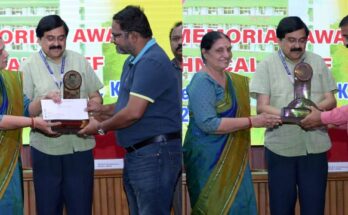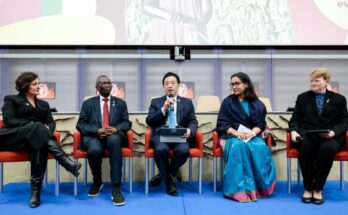In an era marked by growing global population and climate change concerns, a collaborative research project between Corteva Agriscience, the International Crops Research Institute for the Semi-Arid Tropics (ICRISAT), and the Indian Council of Agricultural Research (ICAR) was undertaken. The research has achieved a significant milestone by resequencing pearl millet genomes. This innovative approach has led to the development of new molecular markers, opening the door to creating millet cultivars with exceptional yield performance and improved nutritional quality.
Until now, the world of millet lacked reliable DNA markers. However, with this collaboration, three high-quality platinum-grade genome assemblies have emerged, representing the active global breeding germplasm. This remarkable achievement represents a 7000-fold improvement over previously published data. These newly identified DNA markers provide an invaluable roadmap for enhancing pearl millet productivity on a global scale, with far-reaching implications for addressing food security challenges.
You may also like to read – Higher academic institutions agree on forming India’s first HEIs-led Agri-Consortium
At this pivotal juncture, the timing of this research is particularly important, given the recent G20 conversations on finding solutions to address food security and nutritional security, with millets being recognised as a key crop due to their exceptional nutrition and climate resilience. Moreover, with 2023 being recognised as the International Year of Millets by the United Nations General Assembly, further underscores the importance of millets in the face of global climate change.
This collaborative breakthrough promises to play a pivotal role in sustainable food production and nutritional security. The fidelity of the long-read sequences and improved resolution of haplotypes provided by these platinum-grade genome assemblies will aid in understanding the genomic distinctions characterising global heterotic gene pools in pearl millet. This research also identifies structural variations that can be used to investigate traits related to heterosis, such as fertility restoration, disease resistance, and agronomy.
You may also like to read – BSc in Agriculture: Scope and Career Opportunities in India
Furthermore, gene annotation and enrichment analyses revealed that the pearl millet genomes are enriched with cysteine and methionine coding genes, aligning with previous findings of higher amino acid concentrations in pearl millet compared to legumes such as pigeon peas and chickpeas. This discovery highlights the potential of millet and legumes as complementary components of a balanced diet to combat malnutrition.
As we navigate the challenges of global food security and climate change, the collaborative efforts of Corteva Agriscience, ICRISAT, and ICAR have illuminated a promising path forward. By harnessing the power of genomics, this research opens new doors for sustainable agriculture, healthier diets, and enhanced food security on a global scale.





